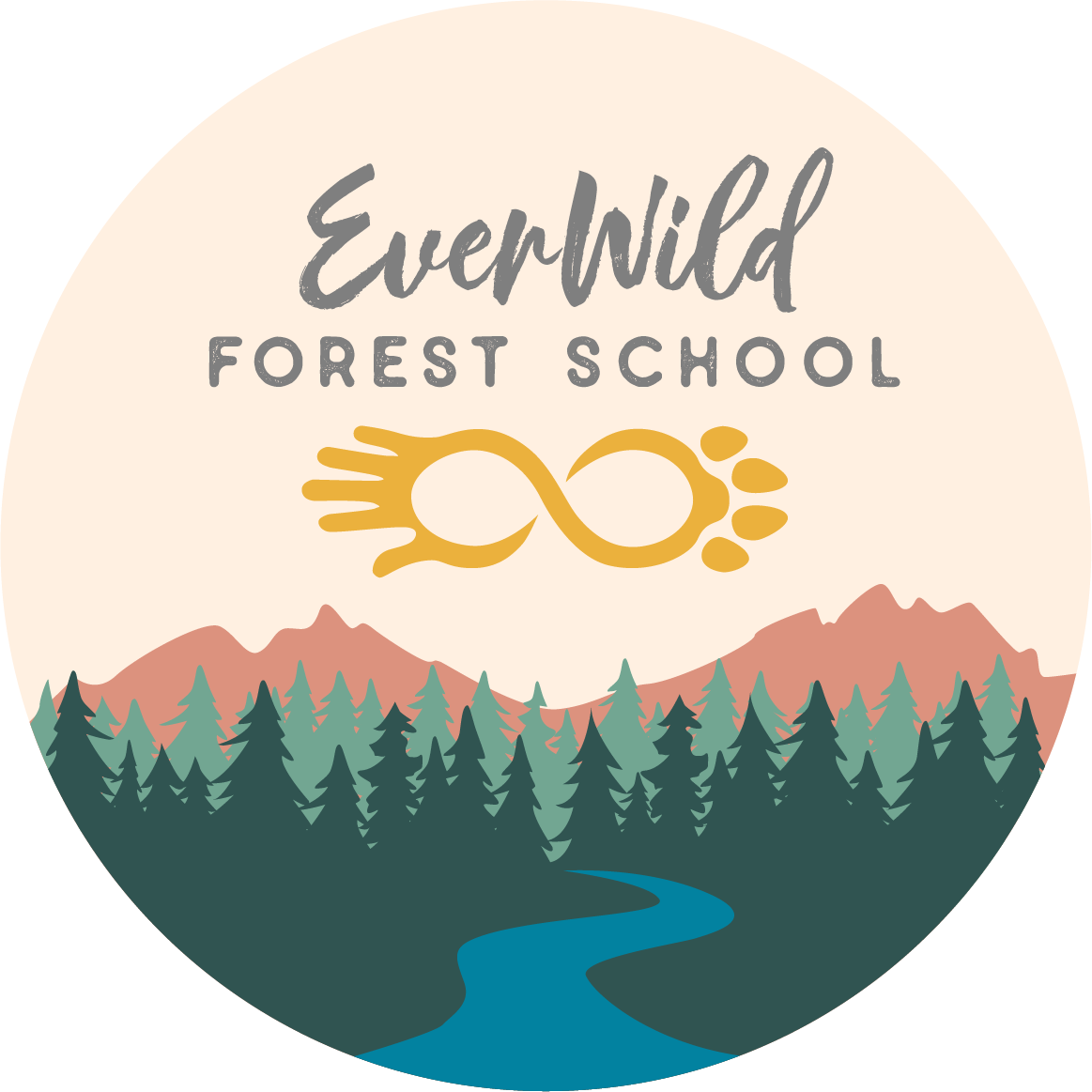Forest School Origins
Germany’s original Kindergarten is today’s modern-day Forest School, which has evolved to serve the needs of preschoolers through upper elementary.
Founded in 1837 by educational pioneer Friedrich Fröbel, Kindergarten (translated: the garden of children) implemented a holistic academic model that nourished children like “plants in a garden,” focusing on student’s individual learning needs and emotional development. Nature served as the primary foundation on which inquiry-based teaching styles were based.
Educators around the world adopted the kindergarten model and recognized that the unique risks, challenges, physical benefits, social skills, and emotional growth opportunities presented by nature served as the perfect teaching tool.
The first English-language Kindergarten in the US was opened in 1860 by German immigrants. Considering the growing popularity and observable benefits of Kindergarten, Elementary schools in the US began implementing a more nature-focused and inquiry-based approach to learning.
As World War I approached, children were taken indoors and provided a more rigorous curriculum focused on language and math with greater undertones for overall structure and obedience in the face of great uncertainty. This trend deepened through the great war times and has remained relatively unchanged in the public school sector.
Educators began pushing back on the standardization and “academification” of early childhood education. The first Forest School was founded in Sweden in the 1950s, offering programs to children in an entirely outdoor classroom. To this day, Denmark does not offer formalized academic programs until age seven, yet the country maintains some of the highest scholastic achievement records of all developed nations.
Back in the US, the No Child Left Behind legislation implemented high-stakes standardized testing across the country to increase the country’s academic performance scores. When scores failed to rise, Common Core programs introduced one-size-fits-all lesson plans and a new level of academic expectations that forced out non-test-centered activities such as music, art, P.E., and recess.
“The great sadness of early childhood education in 21st century America is the collapsing of the curriculum from wholeness to narrowness, from hands, heart, and head to just the head. From Saint Francis of Assisi to Johann Heinrich Pestalozzi to Friedrich Fröbel to Rudolph Steiner to Maria Montessori to John Dewey to Claire Warden, there’s been a constant reaffirmation of the need for early childhood education (well, all education really) to address the whole child, not just the right hand or the neocortex. But currently, narrow-minded ideologues have somehow seized the podium and have declared, “Though shalt learn your letters and numbers, above all else! Play and wonder be banished.” And many kindergarten teachers, and yes, even preschoolers are knuckling under and paying homage to the worksheet gods. Songs and stories, recess, and recreation are jettisoned in favor of phonemic awareness and test preparation. Woe is us!”
In response to the increased ‘academification’ of childhood, a small number of US educators began importing the European-based forest school model. There are now over 500 Forest Schools across the country, and we are proud to be one of them helping provide developmentally appropriate, evidenced-based education.








